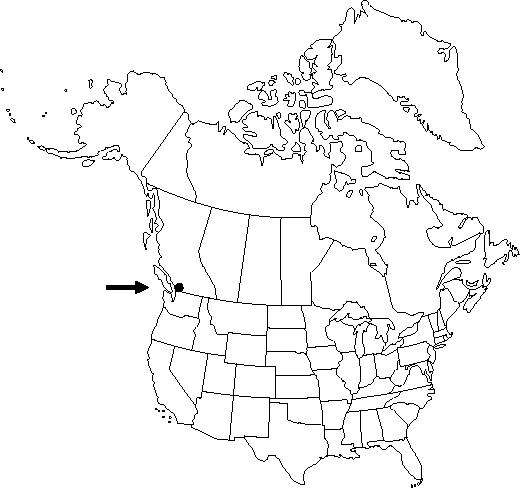Corylus avellana
Sp. Pl. 2: 998. 1753.
Shrubs, broadly spreading, to 5 (–8) m. Bark coppery brown, smooth, sometimes exfoliating in thin papery strips. Branches ascending; twigs pubescent, covered with bristly glandular-hairs. Winter buds containing inflorescences ovoid, 5–6 × 3–4 mm, apex obtuse. Leaves: petiole pubescent, covered with bristly glandular-hairs. Leaf-blade broadly ovate to broadly elliptic, often nearly angled to lobulate near apex, 5–12 × 4–12 cm, moderately thin, base narrowly cordate to narrowly rounded, margins coarsely and doubly serrate, apex abruptly acuminate, abaxially sparsely to moderately pubescent, velutinous to tomentose along major veins and in vein-axils. Inflorescences: staminate catkins lateral along branchlets on relatively long short-shoots, usually in clusters of 2–4, 3–8 × 0.7–1 cm; peduncles mostly 5–12 mm. Nuts in clusters of 2–4; bracts much enlarged, distinct nearly to base, expanded, shorter than to only slightly longer than nuts, apex deeply lobed; bract surfaces pubescent. 2n = 22, 28.
Phenology: Flowering very early spring.
Habitat: Abandoned plantings, roadsides, thickets, waste places
Elevation: 0–700 m
Distribution

Introduced; B.C.
Discussion
Corylus avellana is widely grown as an ornamental shrub in temperate North America, and it sometimes persists following cultivation, although it seldom becomes established.
Corylus avellana is similar to C. americana in habit, leaves, and fruit characteristics, although it becomes much larger. If fruits are present, the two species can be distinguished by the involucre, which is shorter than the nut in C. avellana. The best technical character for separating these species in the absence of fruits is the length of the peduncles of the staminate catkins (which are formed during the summer prior to the season of blooming).
Selected References
None.